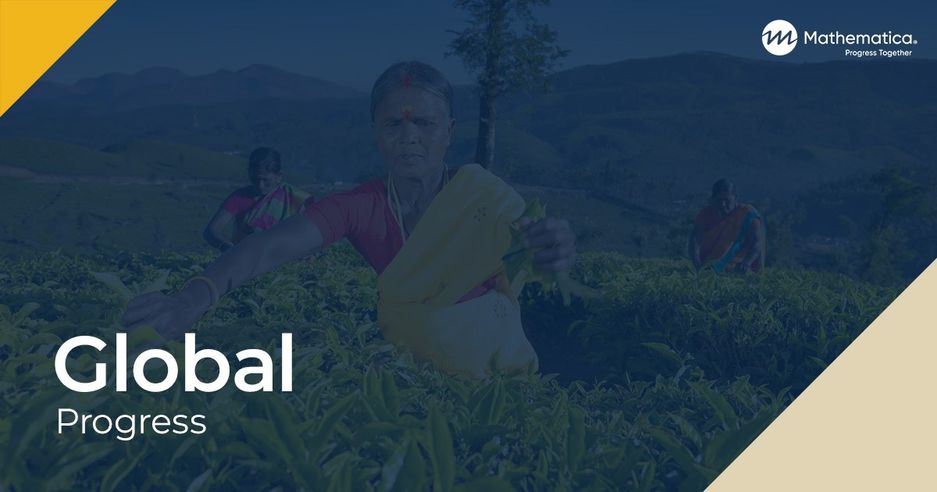The PSIPSE: 2016 Monitoring Results, Appendices
Download
Associated Project
Process Evaluation of the WASH for Life Partnership Between the Bill & Melinda Gates Foundation’s Water, Sanitation, and Hygiene Team and USAID’s Development Innovation Ventures
Prepared for:
Bill & Melinda Gates Foundation
Key Findings
- Grantees reported providing direct instruction or support to more than 115,000 youth. Their projects reached a large number of girls and young women (almost 45,000) as well as smaller groups of vulnerable youth.
- More than 60 percent of youth received training in life, transferable, or soft skills, and almost 60 percent received academic support or instruction.
- In 2016, grantees trained almost 11,000 teachers in active learning methods, use of information and communication technology (ICT) in the classroom, vocational subjects, transferable skills, and entrepreneurship education. Intensity of training varied greatly—from 3 to 195 hours per teacher—as did classroom observations.
- Grantees are collecting data on their work and using it to tweak implementation. However, few grantees conduct rigorous evaluations, and most cite limited capacity in monitoring, evaluation, and learning as a key constraint.
- Six grantees facilitated scale-up of their interventions through government. Several others see the potential to do the same, but foresee several barriers, including lack of evidence, high costs, lack of funding, and limited bandwidth of government staff.
This report summarizes the results of the 2016 monitoring effort conducted by Mathematica for the Partnership to Strengthen Innovation and Practice in Secondary Education (PSIPSE). It provides a snapshot of (1) grantee progress on implementing secondary education interventions and reaching target populations, (2) grantee use of data and evidence to improve programs and generate learning, (3) common challenges faced by grantees and key lessons learned, and (4) the PSIPSE initiative’s overall reach and visibility.
How do you apply evidence?
Take our quick four-question survey to help us curate evidence and insights that serve you.
Take our survey
